Don't you think it's interesting to discover your "form" while running? Personally I think this is essential to improve on certain points. And for that, you don't even need to go to a lab.
There are two possible ways to do this:
- If you are alone, you can do an evaluation by standing in front of your bathroom mirror or on a treadmill in front of a large mirror. (In gyms this is often the case).
- If you are with someone else, don't hesitate to ask them to take a video of you running (on a flat surface or on a treadmill).
What should we really look for in a first evaluation?
Head Position:
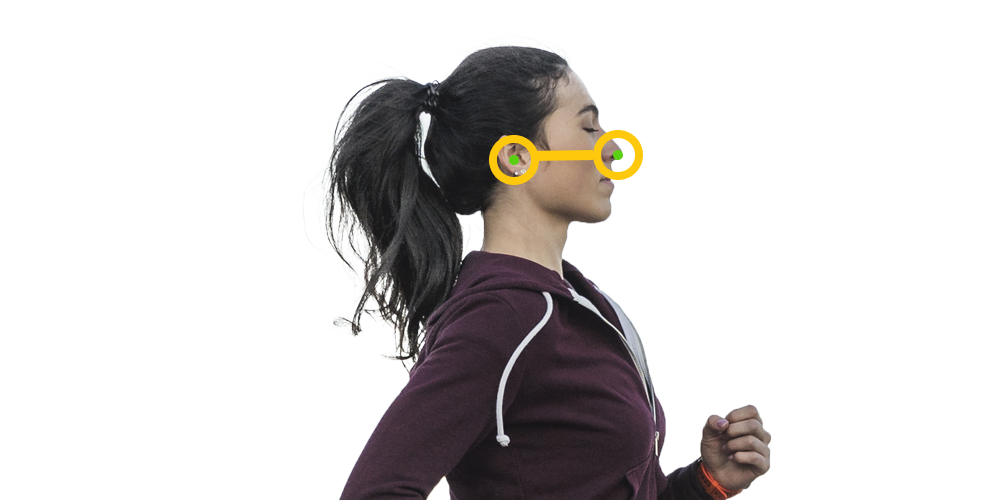
It must be kept in a relaxed position, i.e. without swaying to the side and/or without looking up or down too much. A bad positioning can cause a lot of disturbances in running on the rest of the body. Look far ahead of you while running (20/30m).
Shoulders Position:
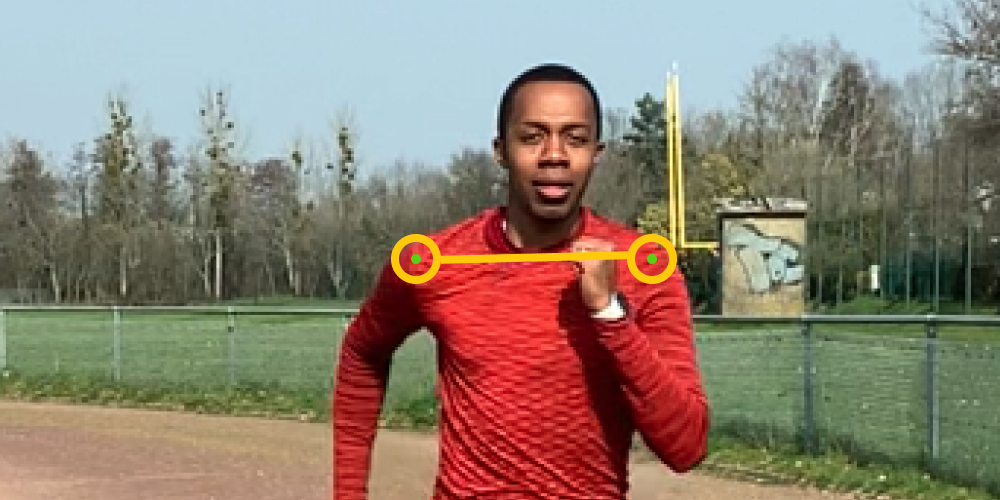
The shoulders should be as relaxed as possible to avoid them sticking to the ears, especially when fatigue starts to be felt after a few kilometers.
Upper body Position:
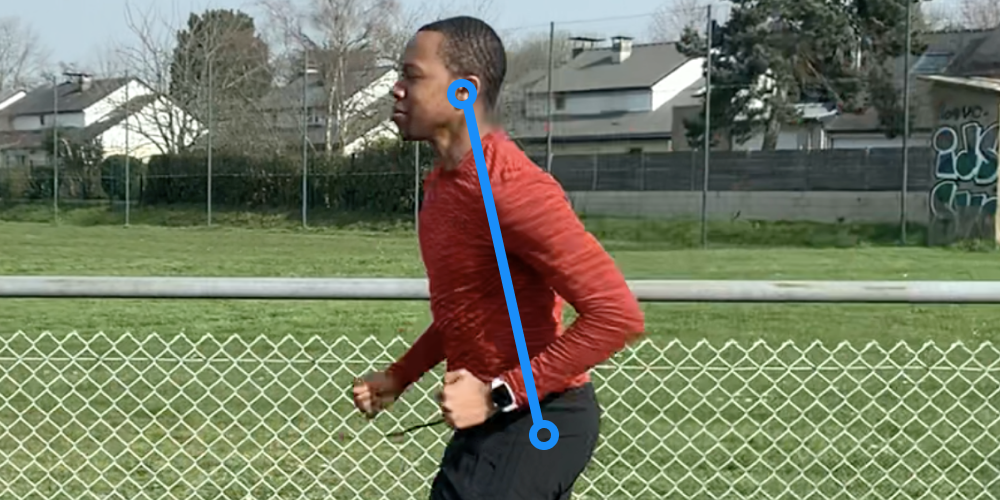
To help us imagine the perfect body position, specialists often refer to a small puppet with a string hanging over its head. This image will allow you to grow and stay high on your feet. As the goal in running is to go forward, the chest should still be slightly tilted forward (without bending the back).
Arms Movement:
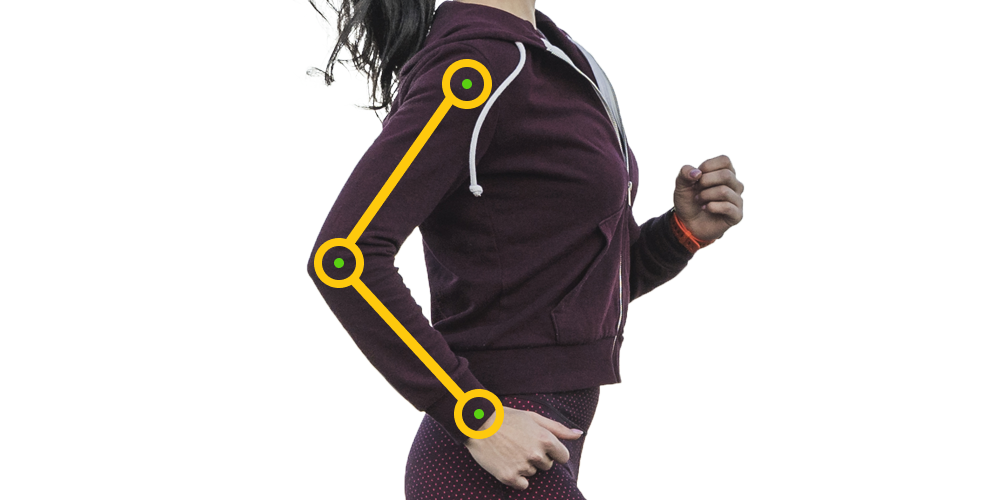
The arms should be as relaxed as possible with an elbow angle around 90°. The more fluid the movement of the arms is, the more fluid the movement of the legs will be.
Back Leg Cycle:
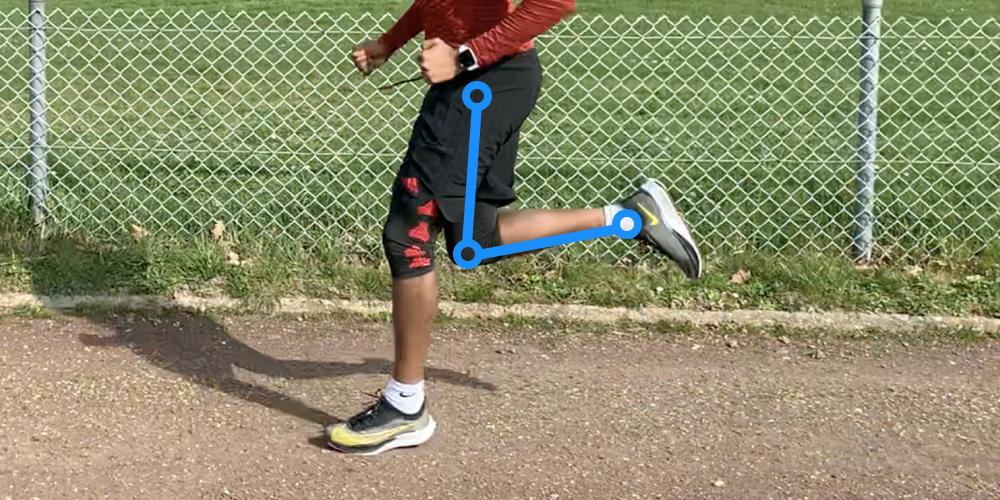
Although this depends mostly on your running speed, it is important to note that the higher the back leg goes under the buttock, the higher it will also be able to return to a high forward cycle and allow for a foot placement close to the center of mass (line from the belly button to the ground).
Front Leg Strike:
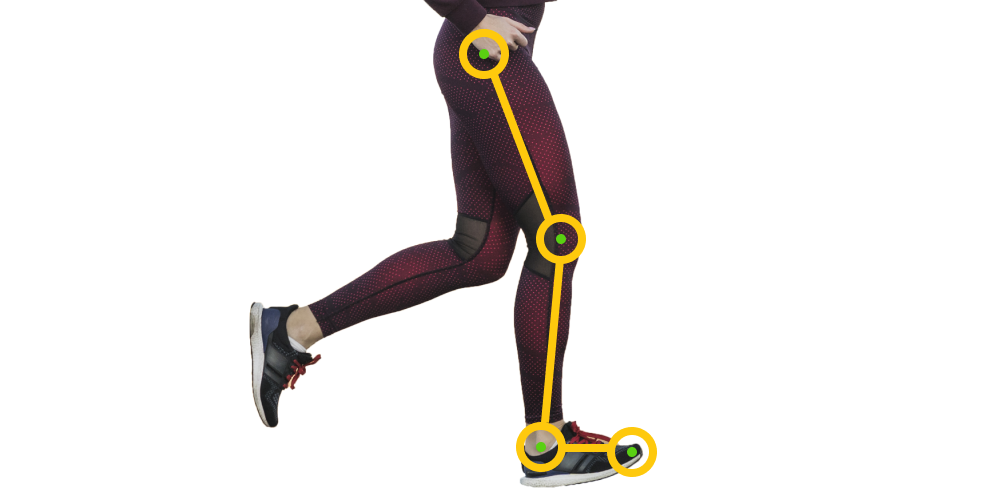
Foot strike is a big debate in running biomechanics as to whether a heel strike is good or bad. Personally, I really think that it doesn't matter how the foot lands (heel, midfoot or toe) but it should be under the center of mass. If this is not the case, then some pain may be present and it is in this case that we must work.
Conclusion:
This very short article allows you to understand the first observations of your pace/posture while running. This does not replace a health professional and do not hesitate to call a coach. They will be able to guide you personally if there are small things to work on in order to avoid injuries and to increase your performance.